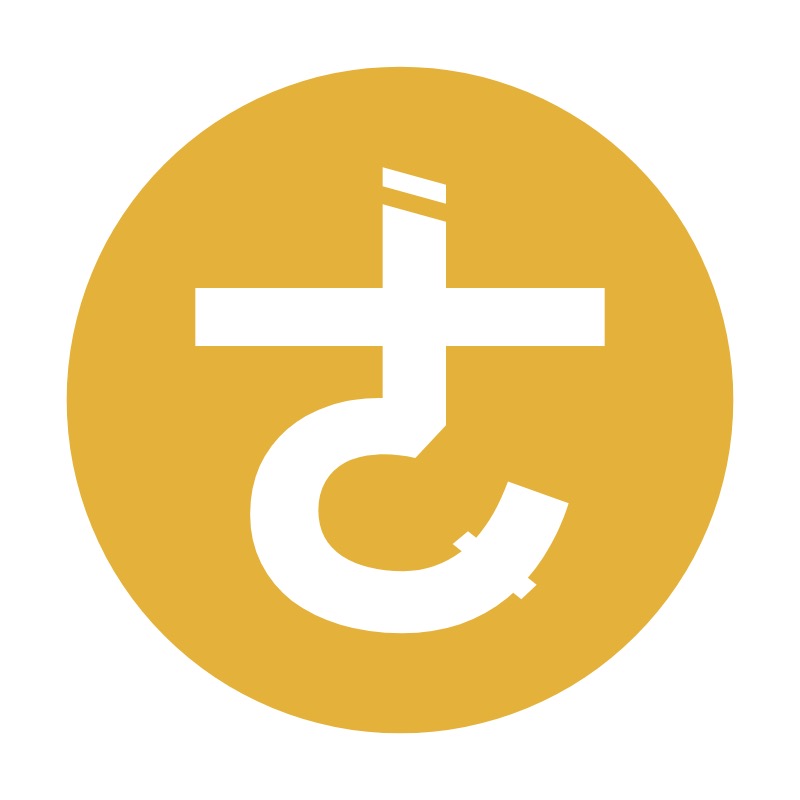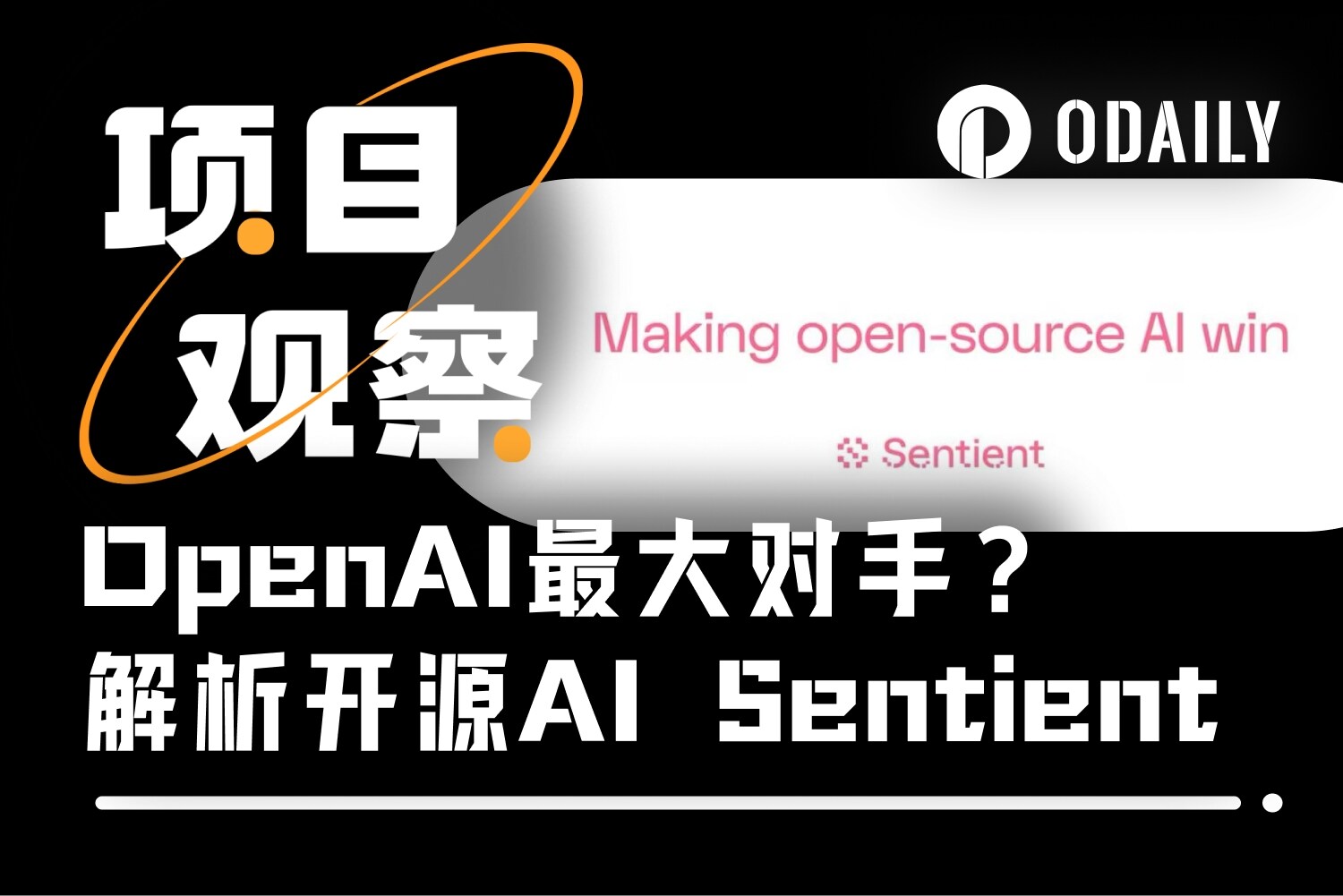Explore the three possibilities of ZK-Rollups in Bitcoin expansion
ZK-Rollups have become one of the most promising scaling technology solutions on Ethereum. Its representative projects, zkSync and StarkWare, have announced that the amount of financing has exceeded 100 million US dollars. As Bitcoin scaling gradually becomes the next major narrative in the encryption industry, it is particularly important to explore the possibility of combining ZK-Rollups with Bitcoin.
Before we start exploring, let us first clearly sort out the technical concept of ZK-Rollups in Bitcoin expansion in this article.
text
1. Stored ZK-Rollups data
ZK-Rollups must run verification code on a layer of Bitcoin and store the resulting data. Proposals that only store the root of ZK-Rollups finalized state data (the Merkle root) on the Bitcoin layer are not considered real solutions.
For example, the Sovereign Rollup solution, similar to the Bitcoin expansion project Rollkit, only stores state data on the Bitcoin chain. However, the scheme was ridiculed by Ethereum KOL ryanb.eth immediately after its launch.
text
2. Turing complete ZK-Rollups
text
3. Customized ZK-Rollups
For certain limited and fixed scenarios, such as payment requirements, customized ZK-rollups technical solutions can be developed. The functional logic of this type of scheme is relatively clear and simple. In most cases, Turing's complete smart contract support is not required, and it can be implemented by hardcoding at the Bitcoin layer.
This particular class of ZK technology has the potential to evolve into an underlying technical component, similar to how elliptic curve cryptography became the cornerstone of blockchains.
first level title
1. The first layer of Bitcoin supports Turing's complete ZK-Rollups
Supporting the Turing-complete ZK-Rollups route would mean a huge upgrade to the Bitcoin mainnet. After the upgrade, various applications on ZK-rollups will be able to enjoy the decentralization and security of the Bitcoin network, and improve the sustainability of the Bitcoin network economic model to a certain extent.
However, it also means that the currency and store-of-value narrative that Bitcoin has insisted on will change, bringing it closer to Ethereum. At the same time, the large block route represented by Bitcoin Cash (BCH) may re-emerge, because Bitcoin's network decentralization will be weakened, and the core narrative and the value foundation it is based on will be questioned.
first level title
2. ZK-Rollups optimize Bitcoin-specific aspects
Regardless of whether Bitcoin is upgraded to support Turing's complete ZK-rollups, it will not affect the technical optimization of ZK technology in specific aspects of Bitcoin. If Bitcoin does not upgrade to support Turing's complete ZK-rollups, it only performs technical optimization in specific scenarios, which means that the core narrative of Bitcoin currency and value storage can continue to be retained.
For example, in terms of payment, ZK-rollups can use mathematics rather than economics to bring about higher efficiency than the Lightning Network, but this will bring greater computing consumption and increase the cost of node operation. When other existing technical solutions can achieve similar results, the market tends to favor the technical solution with lower overall cost.
first level title
3. Bitcoin compatible chain supports ZK-Rollups
Due to the extremely high difficulty of advancing the ZK-Rollups upgrade that supports Bitcoin Turing's completeness, it faces the risk of Bitcoin's narrative collapse. In addition, the scaling of Bitcoin-specific ZK-rollups is costly in the long run. Therefore, the possibility of transferring Bitcoin to a compatible chain for ZK-Rollups expansion is very high.
secondary title
ZK-Rollups side chain method
The sidechain solution has already represented a direction in the field of Bitcoin expansion. These sidechain projects generally use specific cross-chain technology to transfer Bitcoin to a chain that supports EVM for expansion. Further scaling effects can be achieved by adding ZK-rollups on these chains.
secondary title
ZK-Rollups one-way transfer method
The expansion scheme for one-way transfer of Bitcoin is mainly proposed by the project Hacash. The basic principle is to unidirectionally transfer Bitcoin from the main network to a new chain, and support ZK-rollups on the new chain for expansion.
These two methods of supporting ZK-rollups in Bitcoin-compatible chains require sufficient incentives to promote the transfer of Bitcoins to the chain, but the biggest difference lies in whether the transferred Bitcoins can be returned to the main network. Therefore, in order to make ZK-rollups one-way transfers more likely, the problems of the ZK-rollups sidechain approach must be resolved, and preferably some new advantages should also be provided.
The key problem in the side chain expansion method is how to achieve sufficient decentralized management of the Bitcoin cross-chain process. At present, almost all methods based on traditional cross-chain bridges have various centralization defects. The one-way transfer method is realized by maintaining the invariance of the private key before and after the Bitcoin transfer, without introducing any form of management center, so there is no need for a cross-chain bridge in the traditional sense.
Summarize
Summarize
There are three main possibilities for the combination of Bitcoin and ZK-rollups: Bitcoin supports Turing-complete ZK-Rollups, ZK-Rollups optimizes Bitcoin-specific functions and scenarios, and Bitcoin-compatible chains support ZK-Rollups.
To achieve Bitcoin supporting Turing-complete ZK-rollups, broad support from the entire community is required. However, this could trigger a Bitcoin Core narrative crisis.
The optimization of ZK-Rollups for Bitcoin-specific functions and scenarios needs to be evaluated on a case-by-case basis. If other solutions already exist, you need to weigh the cost of ZK-rollups.
Bitcoin-compatible chains support ZK-rollups, which can be implemented in two ways: sidechains and one-way transfers. Either way, there needs to be enough incentives to attract bitcoin participation. The side chain method needs to focus on the competition between existing and emerging projects, while the one-way transfer method needs to solve the problem of centralization of management and have advantages in other economic models to increase the possibility of its success.
The above is a summary of the three main possibilities for the combination of Bitcoin and ZK-rollups.



